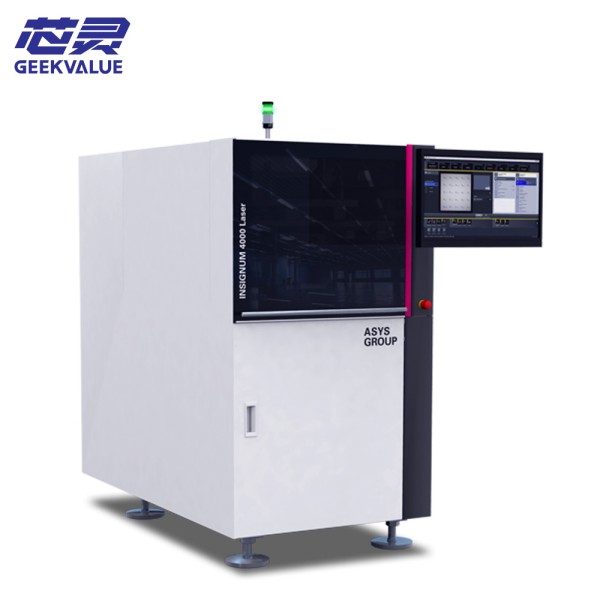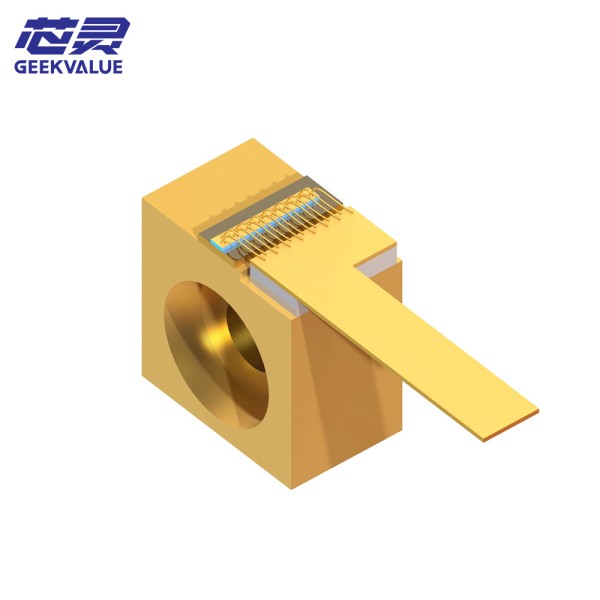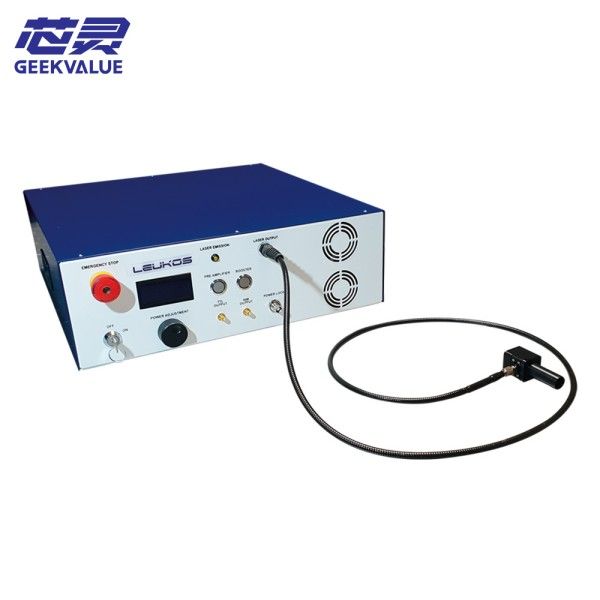Innolume's Fiber Bragg Grating (FBG) is an important optical device based on the principle of fiber optics. The following is an introduction to its principles, advantages and functions:
Umgaqo
Fiber Bragg Grating is formed by periodically modulating the refractive index of the fiber core. Usually, ultraviolet laser and phase template technology are used to place the optical fiber under the ultraviolet laser beam, and the interference pattern is generated through the phase template to make the refractive index in the core change permanently and periodically.
When broadband light is transmitted in the optical fiber, only the light of a specific wavelength that meets the Bragg condition will be reflected back, and the light of the remaining wavelengths will pass through without loss.
When the optical fiber is affected by external factors (such as temperature, strain, etc.), the refractive index and grating period of the core will change, resulting in the drift of the Bragg wavelength. By monitoring the changes in the Bragg wavelength, the measurement of physical quantities such as temperature and strain can be achieved.
Iingenelo
Anti-electromagnetic interference: Made of optical fiber material, it has natural anti-electromagnetic interference ability and is suitable for places with complex electromagnetic environments, such as power systems, industrial automation and other fields.
High-precision measurement: It is very sensitive to changes in physical quantities such as temperature and strain, and can achieve high-precision measurement. It can be used in structural health monitoring, aerospace and other fields that require high measurement accuracy.
Distributed measurement: Multiple fiber Bragg gratings can be connected in series on the same optical fiber to form a distributed sensing network to achieve distributed measurement and monitoring of physical quantities over a large area and long distance.
Intrinsic safety: The fiber Bragg grating is a passive device that does not generate electric sparks and electromagnetic radiation during operation. It is suitable for dangerous environments such as flammable and explosive environments, such as petrochemicals, coal mines and other industries.
Good long-term stability: The optical fiber material has good chemical stability and mechanical properties. The fiber Bragg grating can maintain stable performance during long-term use, reducing the cost of maintenance and replacement.
Umsebenzi
Temperature measurement: Using the sensitivity of the fiber Bragg grating to temperature, the change of ambient temperature can be accurately measured by measuring the change of the Bragg wavelength. It can be applied to temperature monitoring of power equipment, fire warning of buildings and other fields.
Strain measurement: When the optical fiber is stretched or compressed, the grating period and refractive index will change, resulting in a corresponding drift of the Bragg wavelength. By monitoring the wavelength drift, the strain on the optical fiber can be accurately measured. It is often used in the health monitoring of civil engineering structures such as bridges, dams, and tunnels, as well as stress analysis of mechanical structures.
Pressure measurement: By encapsulating the fiber Bragg grating in a specific pressure-sensitive structure, when subjected to pressure, the structure will deform, which will cause the strain of the fiber Bragg grating to change, and the pressure can be measured. It can be used in the fields of pressure monitoring of oil and gas pipelines and pressure detection of hydraulic systems.
Vibration measurement: Vibration information can be sensed by detecting the wavelength change of the reflected light of the fiber Bragg grating, which can be applied to the fields of vibration monitoring of mechanical equipment and earthquake monitoring.







